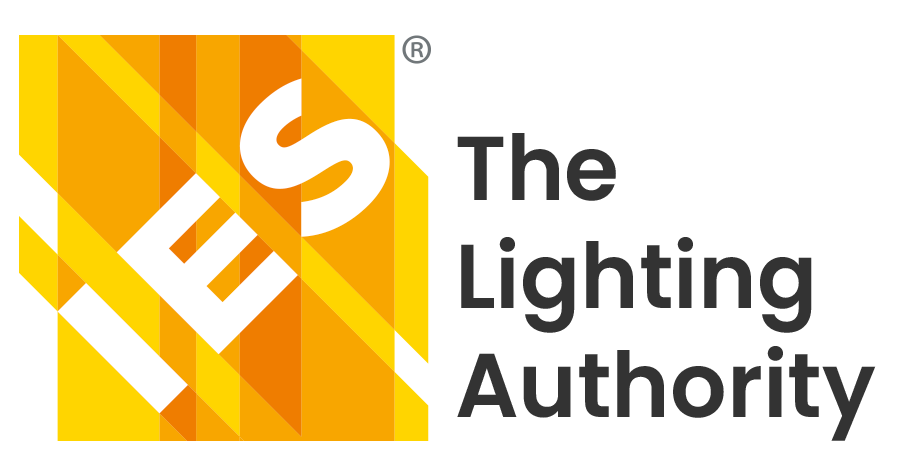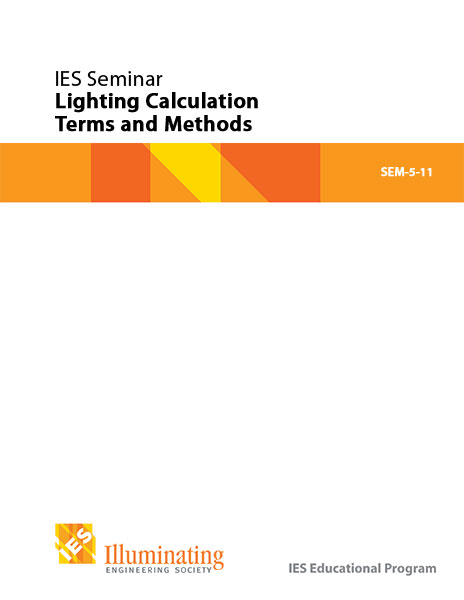Intermediate Seminar: Lighting Calculation Terms and Methods – SEM-5-11 – Student Materials
$45.00
List Price: $45.00
Member Price: $31.50
Save: $13.50
In stock
Product Description
Prepared by Daniel Rogers, LC, IES, LEED AP ID C ICF International
Predicting the performance of any proposed lighting design is often an integral part of the design process, allowing the designer to examine and compare alternatives, refine a promising idea, see if applicable recommendations and codes will be met, evaluate energy conservation and lighting control opportunities, invoke standardized procedures to predict glare and visibility, and perhaps generate a rendering of how a space might appear. The ability to predict performance requires a computational infrastructure that consists of: standardized data that characterizes lighting equipment, a knowledge of the properties of surface and other components of the environment involved, theoretical models of how light behaves, software that makes use of those models, and computer hardware on which the software operates. However elaborate this infrastructure might be, its output still requires careful interpretations.
The purpose of this program is to introduce the lighting practitioner to several methods of analysis for lighting system illuminance calculations, and the strength and limitations of each method.
Participants will be able to…
- Calculate illuminance at a point on a horizontal or vertical surface
- Understand the limitations of and assumptions made by the Lumen Method
- Understand the components of the Lumen Method equation
- Be able to identify the Coefficient of Utilization of a luminaire
- Be able to calculate average illuminance using the Lumen Method
- Be able to extend the Lumen Method to better model real-world applications
- Be introduced to computer software for lighting calculations
Secure PDF: 100 pages / 1 file to download
Publisher: Illuminating Engineering Society (2011)
SKU: SEM-5-11
ISBN-13: 978-0-87995-245-7
Dimensions: 10” x 11½″


